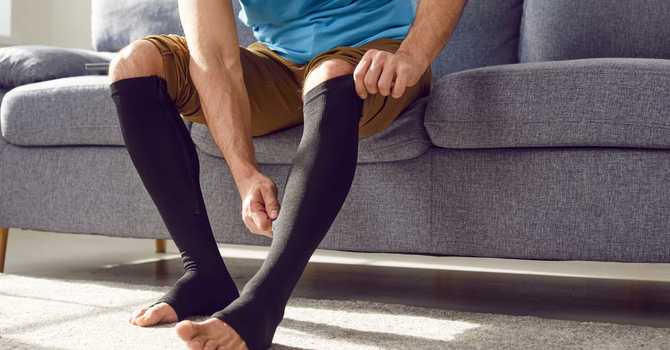
Typically the onset of most low back pain occurs with normal daily activities and a result of small, repetitive poor movements.
Most of the time, people will “throw out their back” doing activities they have performed thousands of times without so much as a thought. If you’ve ever had a “disc issue,” most of the time it occurs in a bent over, twisted position (ie bending down to pick something up, putting on a sock, etc). With the exception of performing an unusual activity that was outside your normal, typical routine and/or capacity, it likely does not result from one traumatic event. Often people will come into the clinic and talk about how they keep having flare ups every year or so, citing they have been told by other providers that they must strengthen their core to avoid it from occurring. The truth is, a weak core is not the only, and really not even the main reason, why you would hurt your back.
Let’s shift our thought process:
For optimal spinal stabilization we need both musculature and intra-abdominal pressure. With proper activation, we can stabilize the spine properly and prevent these injuries and “flare ups.”
The core is a cylindric entity that consists of 6 walls:
1. Front wall: abdominal musculature
2. Back wall: paraspinal musculature
3. Left wall: left oblique musculature
4. Right wall: right oblique
5. Top wall: diaphragm
6. Bottom wall: pelvic floor


When we think about the core, we want to avoid just concentrating on the abdominal musculature and aiming for a 6-pack. The “sucking in” and “belly button to spine” approach is not effective or useful in stabilizing the spine to avoid injury.
Within the core (as seen above), we build and accumulate pressure. This pressure varies with inhalation and exhalation, hence the importance of the diaphragm. Additionally, we know the diaphragm and pelvic floor work in unison, so for those with pelvic floor weakness this is a good way to properly build strength in those muscles as well (not just thousands of kegels). When we take a deep breath, oxygen fills the lungs and the diaphragm moves downward to make room. The downward movement of the diaphragm during inhalation will also engage the muscles of the pelvic floor which will then “turn on” the side walls (obliques) allowing expansion of 360 degrees. This build up of pressure in the abdominal and pelvic cavity creates incredible stability for the spine.
This pressure is stronger than muscle. When the muscle tries to be stronger than the air pressure produced, it leads to problems such as hernias, discogenic issues and can result in spasms.
Takeaway: Air pressure is incredibly powerful and very easy to generate, all by using proper breath.


A strong core can help in a preventative sense, but it won’t fix the problem in and of itself. Therefore, a weak core is not enough in and of itself to throw out your back.
This can apply to everyone, however, I stress this frequently in the postpartum period as women are trying to regain core strength and stability. Rehabilitation postpartum should always begin with proper breathing techniques, with slow and strategic methods to help activate and core and pelvic floor musculature. For women with leakage, this can be a game-changer when it comes to pelvic floor rehabilitation (another blog to follow). Working on filling up "360 degrees" with pressure, prevents further injury and can help rebuild if a mother has diastasis recti.
We must move our lumbar spine in ways it was designed to move. When you repeatedly move and position your lumbar spine in ways it was not anatomically designed to do, those loads add up over time and result in you “throwing out your back.” The sum of all the repetitive and cumulative hours spent in poor postures, improperly moving and loading, or lack of movement, has lead you to the end result.
It’s important to learn how to strategically load your spine through movement to prevent low back pain, incorporating intra-abdominal pressure to fully stabilize the spine. The range of motion in your low back provides mobility which is a pre-requisite for movement, as is stability. Both characteristics are necessary for a healthy, pain-free low back.
Movement is king.
But make sure the movement is correct and helpful!
Further information and research can be found at:
NIH articles (https://www.nih.gov/)
Dynamic Neuromuscular Stabilization: https://www.rehabps.com/REHABILITATION/Home.html
Dr. Ali Perez
Contact Me



